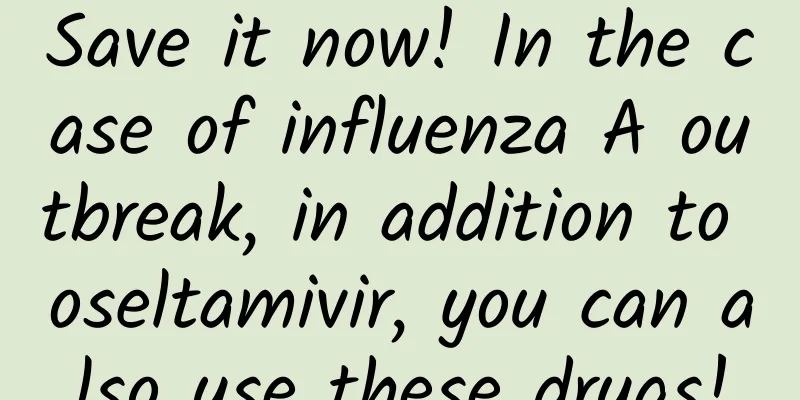The efficacy and function of four-orange flowers

|
Everyone is familiar with the four-o'clock plant, of course some people are relatively unfamiliar with it. In fact, four-o'clock is a relatively common Chinese medicinal material. So what exactly does the four-leafed flower do? [Source] Medicinal material source: the leaves and flowers of the Cornaceae plant. [Original form] Deciduous small tree, 3-5m high. The bark is grayish white; the twigs are dark green and the young branches are covered with soft hairs. Leaves are opposite at the tips of short lateral branches; petioles are 5-10mm long, sparsely covered with brown soft hairs; leaf blades are papery or thickly papery, ovate or ovate-elliptical, 5.5-12cm long, 3.5-7cm wide, acuminate at the apex, broadly cuneate or rounded at the base, green above, pink-green below, and sparsely covered with white soft hairs on both sides. The head inflorescence is spherical, composed of about 40-50 flowers; the peduncle is 4.5-7.5cm long; there are 4 white bracts, almost glabrous on both sides; the calyx is tubular, 4-lobed at the top, with a circle of brown short soft hairs on the inner side of the calyx; there are 4 petals, yellow; there are 4 stamens, alternate with the petals; the ovary is inferior, 2-chambered, with 1 style, extending from the cushion-shaped disk and covered with white soft hairs. The infructescence is spherical, dark red when ripe, with a diameter of 1.5-2.5cm; the total fruit pedicel is slender, 5.5-9cm long, and nearly glabrous. The flowering period is June-July, and the fruiting period is September-October. [Habitat distribution] Ecological environment: Growing in forests at an altitude of 600-2200m. 【Nature and flavor】 Bitter; astringent; cool 【Functions and indications】 Clears away heat and detoxifies; astringes and stops bleeding. Mainly used for dysentery, hepatitis, burns caused by water or fire, and bleeding caused by trauma [Usage and Dosage] For oral use: decocted in water, 9-15g. For external use: take appropriate amount and mash it for application; grind it into powder and sprinkle or mix it for application. 【Excerpt】 Chinese Materia Medica Although the four-o'clock has many magical effects, it cannot be eaten casually. We need to use the medicine according to the user's own situation. I hope everyone will not take it indiscriminately to avoid unnecessary consequences. |
<<: The efficacy and function of four-flowered flower skin
>>: The efficacy and function of tea oil
Recommend
The efficacy and function of small medicinal wood
There are so many medicinal herbs in the world, a...
Effects and functions of vinegar cyperus
There are many common Chinese herbal medicines. W...
Sharks don't ride horses, but they can actually walk! | Nature Trumpet
Welcome to the 16th issue of the Nature Trumpet c...
The efficacy and function of Lu Li
Deer pear is a kind of traditional Chinese medici...
The person who commands the satellite in the sky only listens to her orders!
Sun Jiadong, the hero of "Two Bombs and One ...
What are the effects of Chinese medicine Shouwu
Traditional Chinese medicine has always been a wo...
The efficacy and function of the root of the tall-legged mountain hoe
In modern life, everyone is very familiar with va...
There is also a "jianghu" in the missile world - decoding the missiles with "many schools"
Since their introduction at the end of World War ...
The efficacy and function of orange leaves
Orange leaf is a very common Chinese medicine and...
The efficacy and function of arbutin
Arbutin is a synthetic product of various herbs. ...
Delicious medicinal food, different ways to cook wolfberry leaves
Wolfberry is a common Chinese medicine and a toni...
Why do old men and women fall in love with internet celebrities “A Smile That Conquers the City” and “Xiu Cai”?
Recently, the elderly group also has their own to...
The efficacy and function of southern costusroot
Traditional Chinese medicine requires the use of ...
What are the effects and functions of Helicoverpa
In our lives, many Chinese medicinal herbs can he...
Disappeared for more than 70 years! Reappeared again!
The reporter learned from the Guangxi Institute o...









